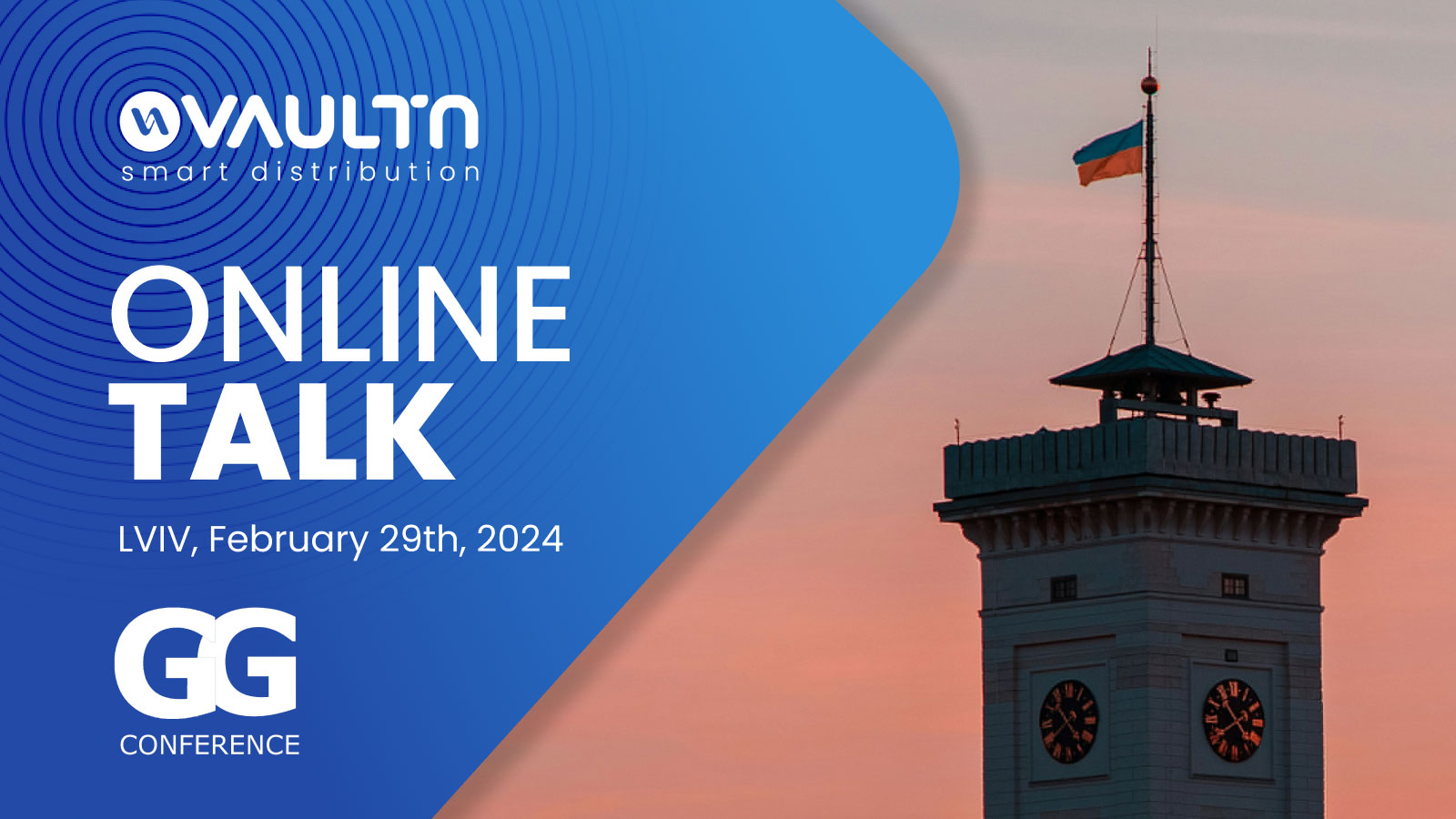Are you a video game developer or publisher looking for ways to increase your sales and reach more customers? If so, you might want to consider third-party distribution as a key part of your strategy.
Third-party distribution is the process of delivering video game content as digital information, without the exchange or purchase of new physical media such as discs or cartridges. It can be done through various platforms or services that provide centralized or decentralized access to digital games.
In this blog post, we will explain why third-party distribution is important for video games and other digital industries, and how it can benefit you and your customers. We will also discuss some of the challenges and drawbacks of third-party distribution, and how to overcome them.
The Consumer Shift from Physical to DigitalProducts
In the last 20 years, consumer behavior has shifted significantly from purchasing physical products to digital products. This shift has been accelerated by the COVID-19 pandemic, which has forced many consumers to shop online due to lockdowns, social distancing, and safety concerns. According to a report by McKinsey & Company, online shopping has grown by 15-30% across various product categories in the US since the pandemic began.
This shift has implications for video games and other digital industries, as consumers expect more convenience, choice, quality, and security from their online purchases. While this shift helps reduce fixed costs and risks for developers and publishers, it also comes with new challenges, such as losing a lot of the previous visibility in-store. To succeed in this digital era, developers and publishers must adapt their strategies and leverage third-party distribution to reach and satisfy their customers.
The Benefits of Third-Party Distribution
Third-party distribution can offer many advantages for video game developers and publishers, such as:
- Higher margins: By removing the distribution cost and fees of the respective store fronts, you can save money and increase your profit margins.
- Wider reach: By making your games available to more regions and markets through the help of local retailers or distributors, you can expand your global reach and tap into new audiences.
- Better marketing: Channel partners will help you increase the visibility of your games and products and are often a crucial part of the discovery process of the consumers. This helps you better target different cohorts of gamers, interact with customers globally, and visualize which type of campaign performs better in what kind of region.
- More accessibility: By offering a wider range of local payment channels through local specialist retailers and e-tail channels, you can make your games more accessible and affordable for your customers around the globe.
The Types of Video Game Content That Can Benefit from Third-Party Distribution
Third-party distribution works for all types of video game content, such as:
- Premium games: These are games that require a one-time purchase to access the full game. Examples are Assassin’s Creed Valhalla, Cyberpunk 2077, and Red Dead Redemption 2.
- DLCs (Downloadable Content): These are extra features or content that add to an existing game. Examples are plentiful, especially publishers such as Electronic Arts and Paradox Interactive have mastered continuous release of added content through DLCs or expansion packs, such as the upcoming The Sims™ 4 Horse Ranch Expansion Pack or Cities: Skylines – Plazas & Promenades DLC.
- F2P (Free-to-play) titles: These are games that are free to download and play but offer optional in-game purchases such as season passes, currency top-ups, or items. Examples include Epic Games’ Fortnite, Riot Games’ League of Legends, Roblox, NetEase’s NARAKA: BLADEPOINT, or Gaijin’s War Thunder.
There are also games offering mixed models, where e.g., premium games allow for additional in-game purchases for specific game modes, such as Ubisoft’s Assassin’s Creed Valhalla Season Pass or Ultimate Team points (FUT) for FIFA-successor EA Sports’ FC 24.
- Subscription-based titles: These are games or collections of games that require a recurring payment to access the game or certain features. Examples are World of Warcraft, Final Fantasy XIV, and Xbox Game Pass.
These types of video game content appeal to different segments of gamers, depending on their preferences, budgets, devices, and internet connections. Third-party distribution can cater to these diverse needs by offering a wider range of options, formats, models, and platforms for digital games.
The Challenges and Drawbacks of Third-Party Distribution
However, Third-party distribution is not without its challenges or drawbacks:
- Price erosion: It is important to ensure promotions are offered and passed through to consumers by your partners at the time and titles are otherwise following the Suggested Retail Prices. Otherwise, the perceived value of your product might erode, and consumers will no longer be willing to pay the regular price.
- Platform sales: balancing and managing availability and pricing of content between platforms such as Steam, GOG (Good Old Games), Epic Game Store, and the like and third-party distribution partners, ensuring that games are available to gamers across all channels at the same time and at an equal or comparable price (expect for specific or targeted promotional campaigns).
- Regional management: Customers might try to change their platform settings to access discounted retail prices in developing countries. It is key to review available regions and local pricing on an SKU-level and per channel partner.
- Reconciliation: Reporting standards and ability might differ between countries and regions and lead to differences in reporting. Setting clear rules and standards and reconciling sales in real-time will help avoid frustration among channel partners.
- Brand enforcement: In the digital age, product information, marketing assets, screenshots, pack shots, and other metadata can quickly change. Maintaining and controlling synchronized product information across all channels is key for a uniform consumer experience.
These challenges require constant communication and well-defined commercial rule sets and processes between all parties involved in third-party distribution.
The Conclusion
Third-party distribution is important for video games and other digital industries because it offers many benefits for developers, publishers, and customers. It can help you increase your margins, reach, discoverability, and accessibility. It can also help your customers enjoy more choice, convenience, affordability, and security.
However, third-party distribution also faces many challenges that need to be addressed and overcome. You might have to deal with ever-evolving pricing adjustments, reconciliation, and brand enforcement challenges that can affect your sales and overall perception of a game.
Third-party distribution is not a one-size-fits-all solution for video games and other digital industries, but rather a dynamic and evolving process that requires careful planning, execution, and evaluation.
Our smart distribution platform provides publishers with the toolkit to mitigate the challenges and reap the benefits of third-party distribution.
Here at VaultN, we want to empower video game distribution by enabling direct, secure, and on-demand digital distribution. Our smart distribution platform provides publishers with the toolkit to mitigate the challenges and reap the benefits of third-party distribution. The platform can help automate workflows, replicate processes, manage, and enforce commercial rights, ensure synchronicity across channel partners, and ease sales and financial operations required to support distribution.












